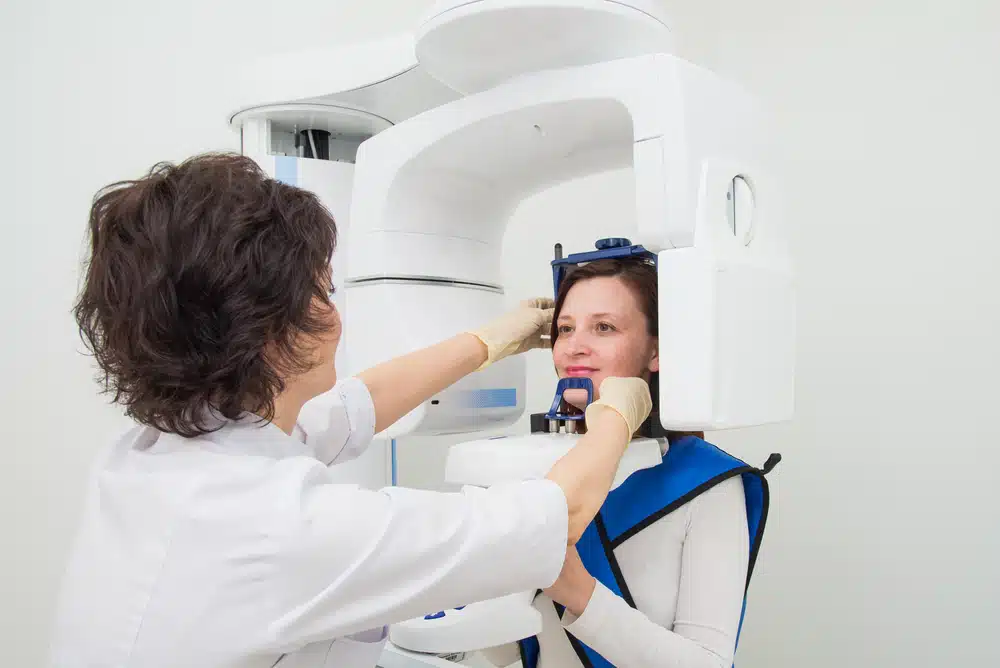In the world of dentistry, it’s not uncommon for patients to seek treatment only when an issue becomes too painful or noticeable to ignore. This reactive approach often leads to temporary fixes that fail to address the underlying cause, resulting in recurrent problems and escalating costs over time.
Consider a scenario where a patient presents with a broken tooth, filling, or crown. While the immediate focus may be on repairing the damaged tooth, a closer examination reveals signs of occlusal disease and potential underlying issues with the patient’s bite. Without addressing these root causes, simply placing another crown may provide short-term relief but fail to prevent future problems.
This is where the concept of reactive dentistry versus proactive treatment comes into play. Reactive dentistry involves addressing immediate symptoms or concerns as they arise, while proactive treatment aims to identify and correct the underlying issues to achieve long-term stability and prevent future problems.
A comprehensive approach to dental care involves thorough analysis and diagnosis to identify the root causes of dental issues. In cases where occlusal disease or bite problems are suspected, tools like digital smile design (DSD) can provide valuable insights into the patient’s condition.
DSD involves capturing comprehensive records of the patient’s oral health, including photos, intra-oral scans, and necessary x-rays. These records are then analyzed by a team of specialists to develop a customized treatment plan tailored to the patient’s needs, desires, and financial constraints.
While the cost of DSD may initially seem daunting, it’s important to recognize the value it provides in terms of long-term stability and reduced treatment costs. By investing in a thorough diagnosis and treatment plan upfront, patients can avoid costly and unnecessary procedures down the line.
Many dental offices offer financing options to help make comprehensive treatment more accessible to patients. Additionally, some offices may credit the cost of DSD toward the final treatment, further incentivizing patients to pursue proactive care.
Ultimately, the goal of proactive dentistry is to address underlying issues and provide patients with lasting solutions that preserve function, improve oral health, and enhance overall quality of life. By shifting focus from reactive treatment to proactive care, patients can enjoy greater peace of mind and long-term dental health.
Remember, your dental health is an investment in your overall well-being. By prioritizing proactive care and addressing underlying issues, you can enjoy a lifetime of healthy smiles.
🦷💡 #DentalHealth #ProactiveCare #DigitalSmileDesign #LongTermStability




